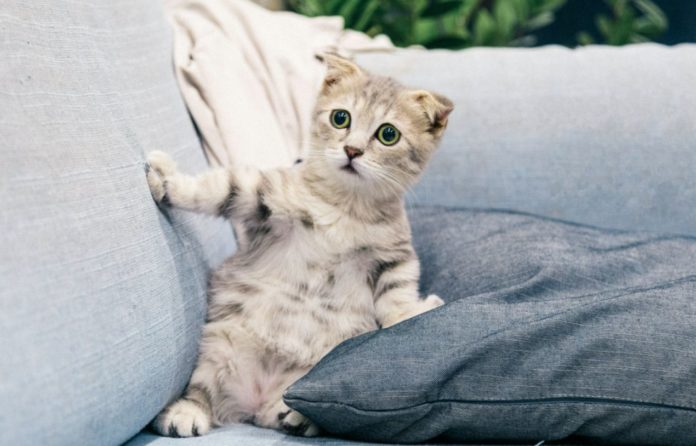Human-animal strain relationships revealed across species and regions
Animals appear to be vulnerable to COVID-19, and control is necessary to prevent the virus from mutating further and spreading between humans and animals.
Interspecies transmission may be proven by genetic and geographic analyses of variants of SARS-CoV-2 (the virus that causes COVID-19) and related viruses in humans and animals worldwide.
SARS-CoV-2 is thought to have evolved through genetic variations among closely related viruses in horseshoe bats, according to earlier findings. According to reports, the virus can transmit from humans to both domestic and wild animals (known as spillback). However, much more research is needed on the epidemiology, evolutionary dynamics, and genetic links of SARS-CoV-2 and similar viruses in animals all over the world.
Dr. Ariful Islam, of EcoHealth Alliance and colleagues, analyzed the genome sequences of SARS-CoV-2-related viruses discovered in bats and pangolins, as well as SARS-CoV-2 strains found in a number of species around the world, including dogs, cats, and lions, to provide fresh insights.
SARS-CoV-2 strains detected in animals are closely similar to SARS-CoV-2 strains reported in humans in the same geographic regions – including Germany, France, Spain, and Denmark – proving the idea that human-to-human transmission has happened globally. If the virus spreads to animal hosts, that animal species could become a SARS-CoV-2 reservoir in the future.
The researchers also calculated how often genetic changes linked to major SARS-CoV-2 subtypes and mutations are in various animal species around the world. Multiple developing variants of concern, such as the Alpha, Delta, and Mu-variants, were discovered in dogs, gorillas, lions, and cats across many nations, and these variants shared significant genetic similarities with human SARS-CoV-2 sequences. Cats and American mink, for example, were often infected with the GR clade of virus (31.6 percent and 49.7 percent of samples, respectively), which is also common in humans, indicating that interspecies transmission is likely. The majority of dogs, however, were impacted by a distinct subtype, clade O (66.7 percent), which the authors believe suggests that clade O has a special affinity for dogs. Only 2.6 percent of cat and 4.8 percent of dog samples had the SARS-CoV-2 Alpha form, but 66.7 percent of gorilla and 77.3 percent of lion samples.
Their genomic study revealed a high degree of resemblance between SARS-CoV-2 and related viruses found in a variety of horseshoe bat species, as well as a high degree of similarity between SARS-CoV-2 and related viruses identified in the Malayan pangolin. The findings back with the theory that SARS-CoV-2 evolved from closely similar bat viruses that recombined genetically, and that the virus also spread through pangolins.
It’s possible that SARS-CoV-2 can spread through animals. On the basis of their findings, experts recommend for continuous genetic monitoring of SARS-CoV-2 in animals. Furthermore, t hey also advocate for the vaccination of pets, zoo animals, and farm animals, as well as the prevention of contact between infected humans and animals. In order to detect and prevent the growth of new viruses, the researchers recommend constant monitoring of human-animal contact.
The authors said: “Spillover and spillback of SARS-CoV-2 has been proved, and the mutant strain of the virus is still dominating. It is our responsibility not to destroy the natural habitats of wildlife. As bats play an important role in maintaining a healthy ecosystem, we need to work on how to live safely with bats. We should not wait until the next pandemic, and we need to apply the One Health approach to secure a healthier future for the world.”
Source: 10.1371/journal.pone.0260635
You were reading: Animals could become reservoirs for COVID-19, new study shows
